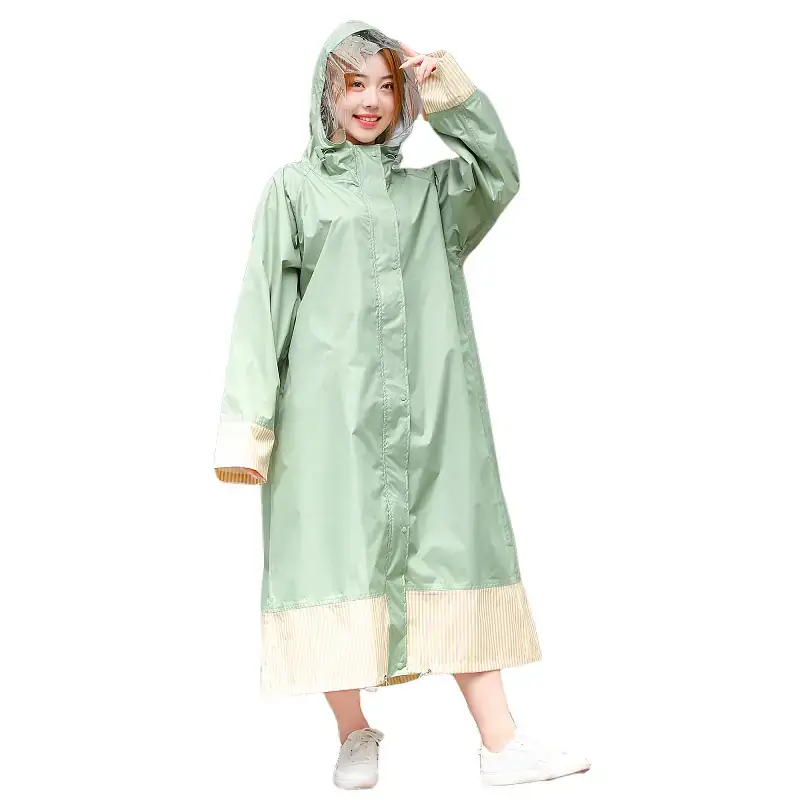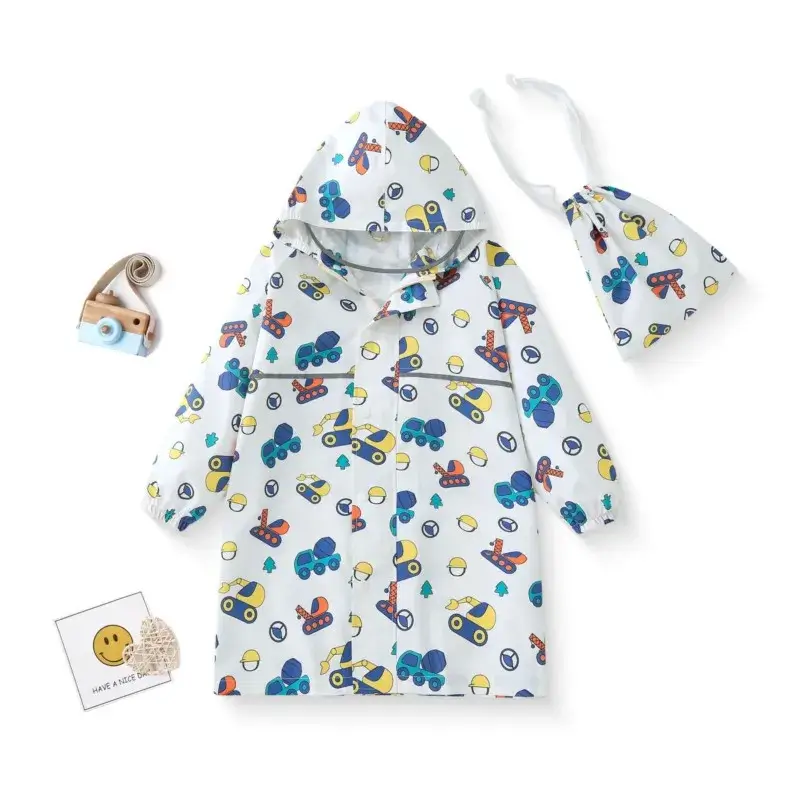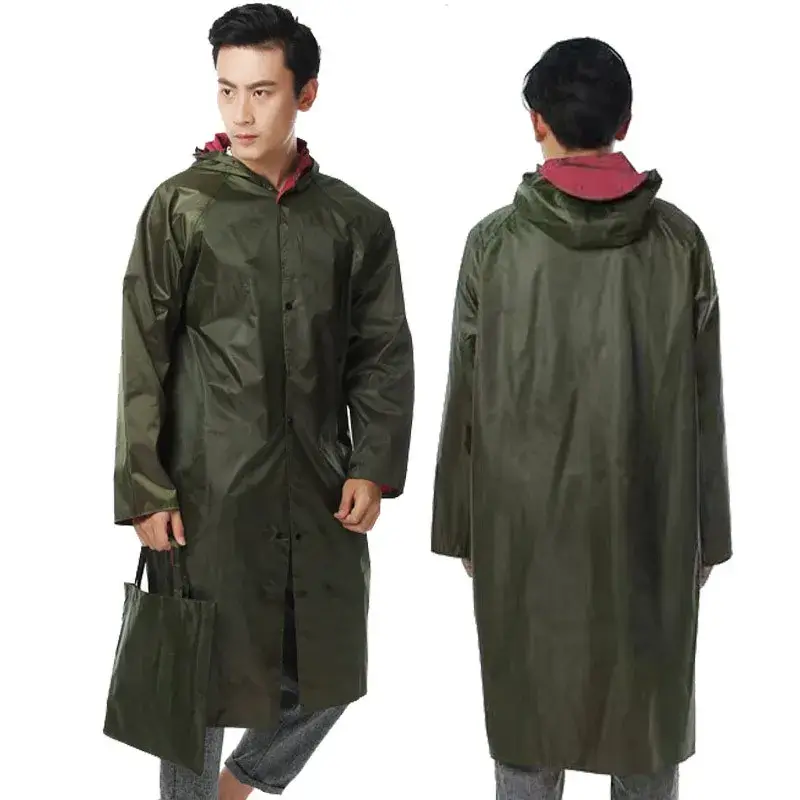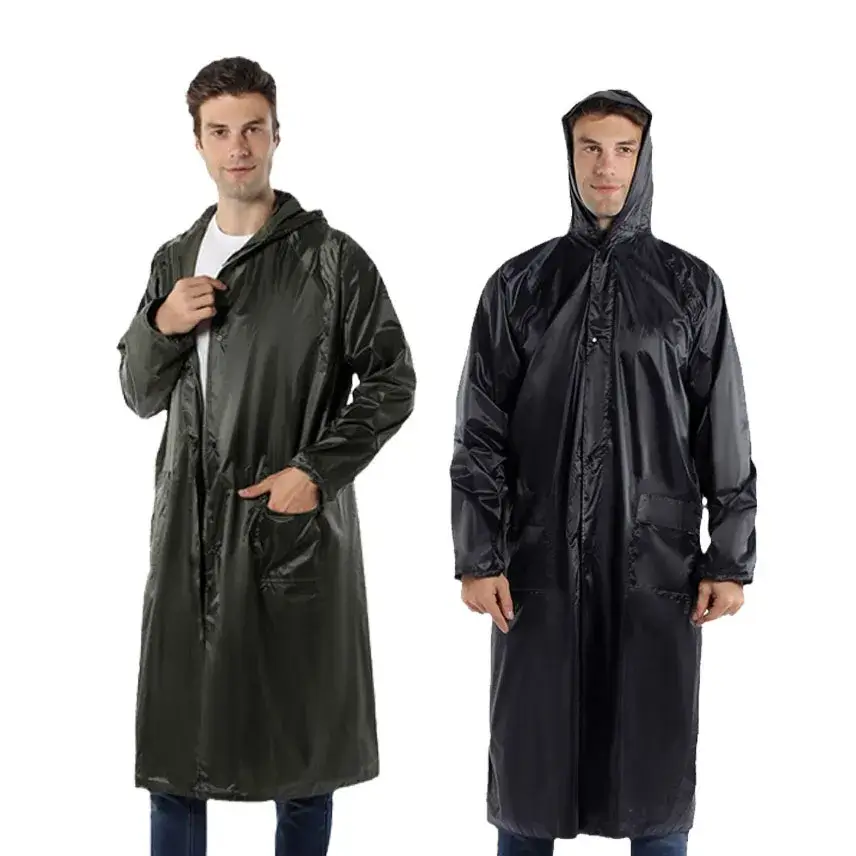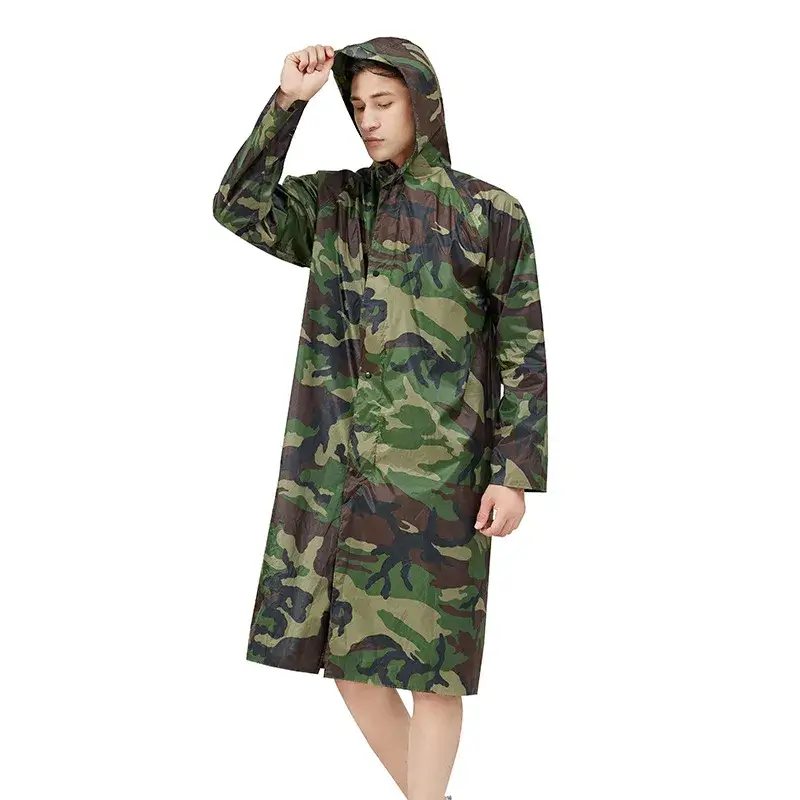When it comes to selecting a raincoat, choosing the right material is crucial for optimal waterproof performance and durability. Raincoats are essential gear for outdoor activities, especially in rainy seasons or regions. This article will delve into various raincoat materials, their waterproof capabilities, and durability to help you make an informed decision.
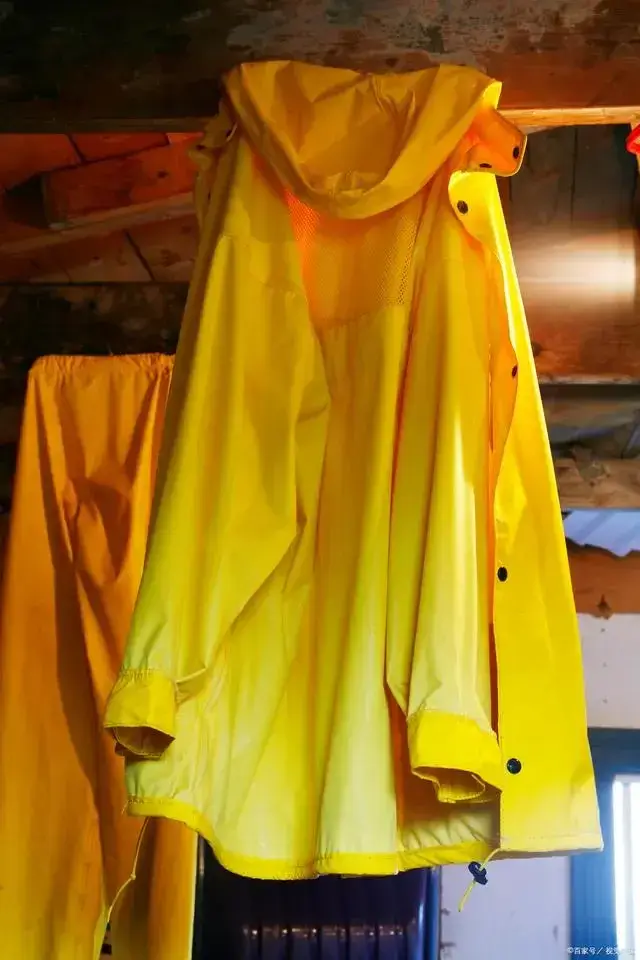
Common Raincoat Materials
1. PVC (Polyvinyl Chloride)
- Waterproofing: PVC is a widely used plastic known for its excellent waterproof properties, effectively preventing water penetration.
- Durability: It is relatively sturdy and resistant to tearing, though it can become brittle in low temperatures.
- Comfort: Typically heavier with poor breathability, prolonged wear can lead to discomfort.
- Environmental Impact: PVC is not biodegradable, posing significant environmental challenges.
2. Nylon
- Waterproofing: While nylon itself isn’t waterproof, it can be treated with a waterproof coating, such as polyurethane (PU), for effective moisture protection.
- Durability: Lightweight and tear-resistant, making it suitable for outdoor activities.
- Comfort: Generally soft and breathable, ideal for extended wear.
- Environmental Impact: As a synthetic fiber, nylon production can have environmental repercussions.
3. Polyester
- Waterproofing: Similar to nylon, polyester can achieve good waterproofing when coated.
- Durability: Known for its abrasion resistance, suitable for frequent use.
- Comfort: Lightweight and breathable, akin to nylon.
- Environmental Impact: Production and degradation of polyester have environmental considerations.
4. GORE-TEX
- Waterproofing: GORE-TEX is renowned for its superior waterproof and breathable qualities, making it a top choice for high-end raincoats. Its microporous membrane blocks water while allowing sweat to escape.
- Durability: Robust and durable, ideal for challenging outdoor conditions.
- Comfort: Highly breathable, perfect for vigorous activities or long periods outdoors.
- Environmental Impact: Generally more eco-friendly than traditional materials, with some products focusing on sustainability.
5. PU (Polyurethane) Coating
- Waterproofing: Often used to enhance the waterproof capabilities of other materials, offering effective results.
- Durability: Increases the base fabric’s durability, though coatings may degrade over time.
- Comfort: Lightweight and versatile, compatible with various base fabrics.
- Environmental Impact: The coating process may involve chemicals, impacting the environment.
Factors to Consider When Choosing Raincoat Material
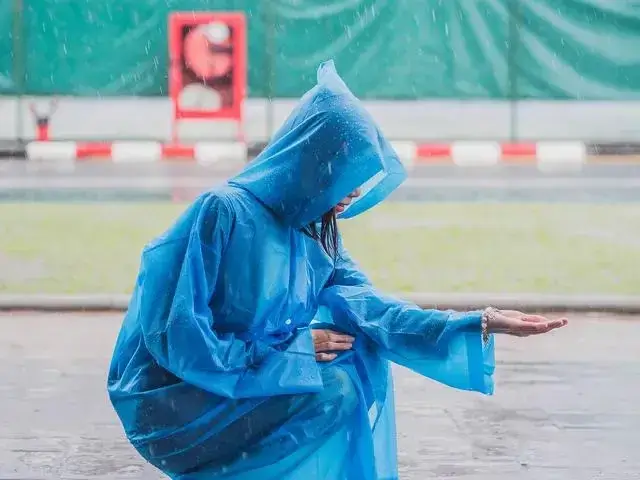
1. Usage Environment
Consider the environment where the raincoat will be used. For urban settings with occasional rain, lightweight and budget-friendly materials like PVC or standard nylon are sufficient. However, for hiking or prolonged outdoor activities, opt for breathable and durable options like GORE-TEX or high-quality nylon/polyester.
2. Climate Conditions
In hot and humid climates, breathability is crucial. Choose materials that excel in breathability, like GORE-TEX or treated nylon. In cold weather, ensure the raincoat provides warmth and wind protection.
3. Frequency and Intensity of Use
Select materials based on how often and intensely you will use the raincoat. For frequent or harsh conditions, opt for abrasion-resistant and tear-resistant materials like high-density nylon or GORE-TEX.
4. Budget Considerations
Material selection is often influenced by budget constraints. High-end materials like GORE-TEX may come with a higher price tag but offer superior performance. For occasional users, economical options like PVC or coated nylon are viable choices.
5. Environmental Awareness
With rising environmental consciousness, choosing eco-friendly materials is increasingly important. Opt for materials that minimize environmental impact during production and degradation, such as recycled polyester or certain eco-friendly GORE-TEX products.
Tips for Buying a Raincoat

1. Define Your Needs
Clearly identify the primary purpose and environment for your raincoat—daily commuting, outdoor sports, or specialized adventures. Different uses dictate varied material choices and functionality.
2. Pay Attention to Functional Details
In addition to material, the design details of the raincoat matter significantly. Features such as hood design, waterproof zippers, and ventilation openings can greatly enhance usability.
3. Choose the Right Size
Size is crucial for comfort and functionality. An oversized raincoat may hinder movement, while one that’s too small can affect breathability, especially if layering is necessary.
4. Consider Brand Reputation
Opt for reputable brands that ensure quality in materials and craftsmanship. Established brands typically provide better assurance in material selection, design, and manufacturing.
5. Try Before You Buy
Whenever possible, try on the raincoat to assess its comfort, fit, and design details, ensuring it meets your personal requirements.
Choosing a raincoat with the right material is vital for achieving waterproofing and durability. From budget-friendly PVC to premium GORE-TEX, each material has its pros and cons. Understanding your needs and usage environment is key to selecting the right raincoat. Whether for urban travel or outdoor exploration, a suitable raincoat can provide essential protection and comfort.


